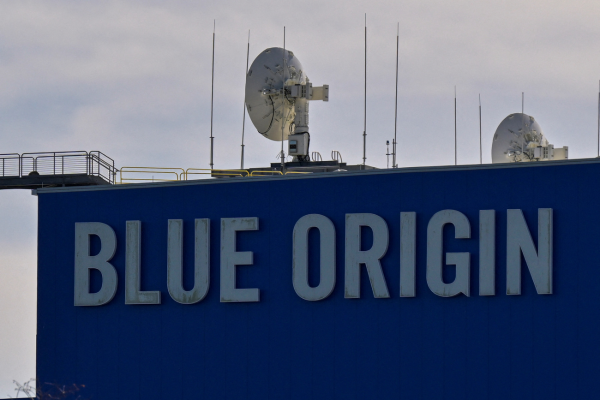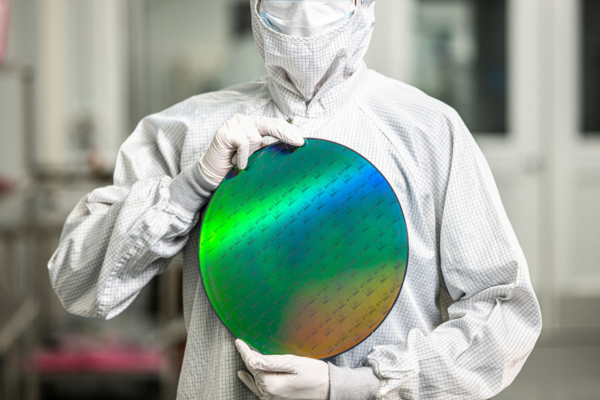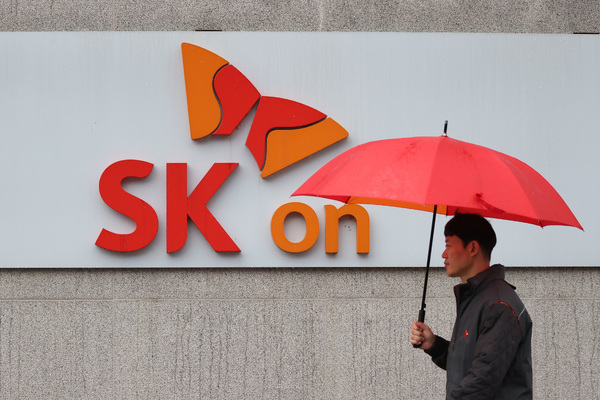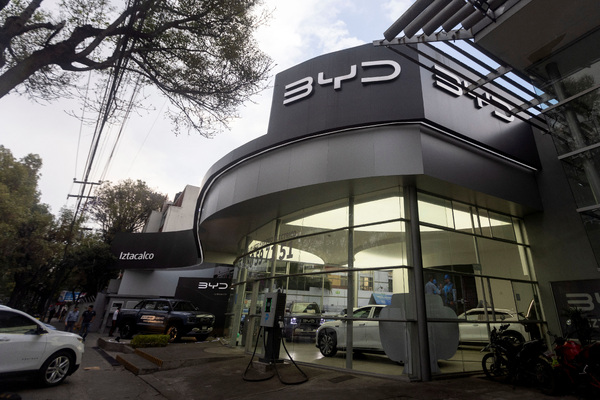AI is transforming smart factory automation – how can manufacturers prepare?
Sponsored by Delta ElectronicsAI is fundamentally changing smart factory automation – here’s how manufacturers, especially Europe’s SMEs, can prepare for the transformation

Smart factory automation is projected to double by 2029, driven by the growing demand for resilience, efficiency and sustainability in a rapidly evolving industrial landscape.
Alongside the industrial internet of things (IIoT), predictive analytics, cloud computing and robotics, artificial intelligence (AI) is the latest technology disruptor to join the smart manufacturing paradigm.
AI promises to take the smart factory to the next level of automation, says Michael Mayer-Rosa, Senior Director of Industrial Automation EMEA and Global Head of Intelligent Robotics System (IRS) at Delta Electronics. Here he explains how he sees the evolving landscape.
Can you define what AI means in the context of smart automation?
If you ask ten people for a definition of AI, you’ll get ten different answers. That’s because there are so many flavours of AI, and generative AI – which many of us know from using ChatGPT – is just one.
For industrial automation, AI will introduce the next level of automated programming.
What AI will add to all the automation we’re already seeing in factories throughout Europe and the world is the capacity to make decisions based on its training using machine learning.
Current shop floor automation can already act on sensor data coming from factory machinery to some extent. For example, systems can decide whether or not to proceed with an action based on a predefined set of rules or algorithm. However, they can currently only do so if the data received is unambiguous.
What if a sensor result falls into a grey area?
Today, humans have to intervene to decide the next steps. As AI continues to develop, it will be able to make more and more of those decisions autonomously, extrapolating from its training.
How advanced is the introduction of AI into intelligent factory automation?
Robotics, cloud computing, IIoT, data analytics and AI are being adopted across the industry, with larger companies leading the way thanks to their substantial financial and human resources.
In contrast, small and medium-sized enterprises (SMEs), which make up 99.8 per cent of Europe’s 24 million businesses, often face challenges in making this transition.
Obstacles include high initial costs, difficulties in integrating new technologies with existing systems, and concerns about cyber-security. These roadblocks are further exacerbated by a shortage of skilled technology professionals, particularly for AI.
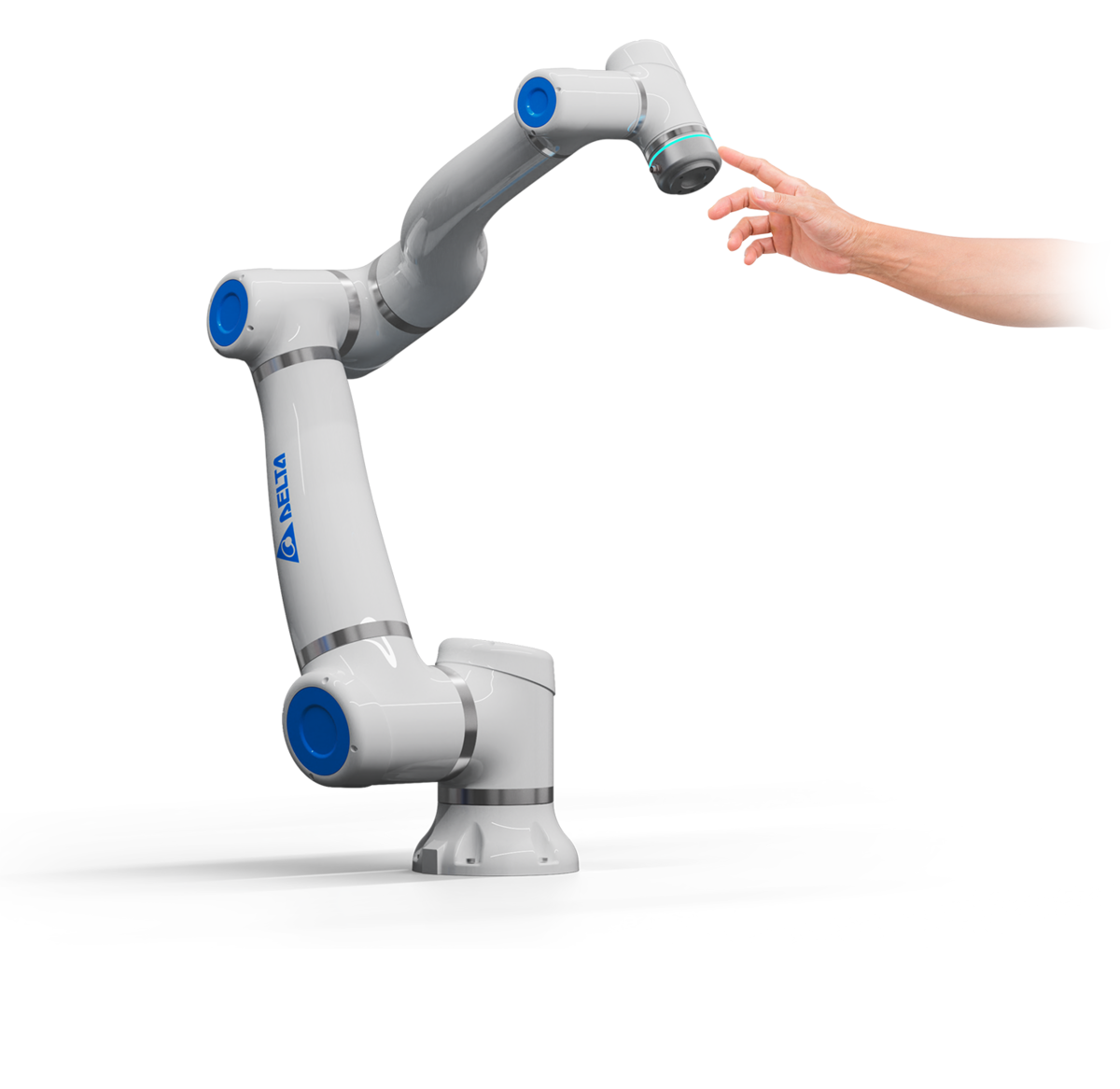
What role can collaborative robots play in bridging the gap in smart automation for SMEs?
When we think about robotics, we often imagine prototype humanoid robots, such as Boston Dynamics’ Atlas or the AI-enabled Figure 0.2 currently being tested by BMW.
Collaborative robots, or cobots, are more reminiscent of industrial robots used along car assembly lines. They are designed to work with humans in a shared workspace and can be easily programmed by their human co-workers to perform specific tasks.
Cobots are ideally suited to repetitive processes and can significantly reduce workloads. They are often brought in to replace the lost human workforce at a time when manufacturers struggle with labour shortages, as not enough people come through the ranks to replace veterans set to retire.
Especially for SMEs, cobots are a way to start their automation journey small, focusing on the most labour-intensive tasks first. They can progress incrementally rather than immediately committing to more costly and complex automation projects.
The Delta D-Bot is a prime example, offering versatile use across various shop-floor tasks, from assembly to quality inspection. Programming the D-Bot is simple and can be done using a tablet, with no need for specialised robotics expertise. User training takes as little as half a day.
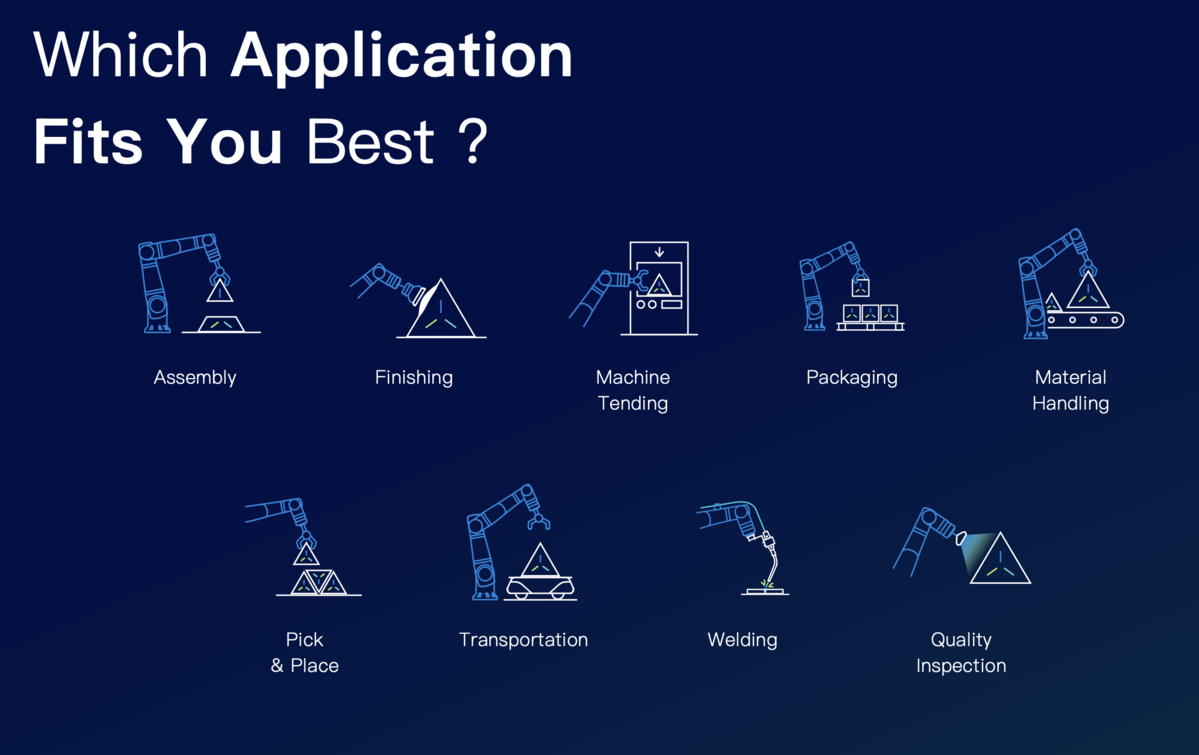
How will smart factory automation evolve in the next five to ten years?
Intelligent automation is experiencing rapid growth, and in the coming decade the adoption of AI, machine learning and advanced robotics is set to expand significantly alongside existing technologies.
AI-powered systems will play a crucial role in predictive maintenance, quality control and optimising supply chains. Over time, production systems will evolve to become more autonomous and self-optimising, leading to enhanced efficiency, reduced downtime and greater flexibility in adapting to shifting market demands.
Both robots and cobots will also increasingly be imbued with more advanced AI capabilities, allowing them to perform more complex tasks and learn from their mistakes. Adding functionality such as computer vision, voice recognition and speech will make them easier to program and work with.
Integrating the latest 5G mobile technology will also enable faster and more reliable communication between production machinery, enabling automated data processing and real-time decision-making.
In addition, sustainability will become a key focus, with factories using automation to reduce energy consumption and waste.
These trends will all converge into the industry’s long-term vision of “lights-out” factories capable of running themselves with little to no human intervention.
As a market leader in smart manufacturing, what would you advise SMEs starting their intelligent automation journey?
My first piece of advice would be to start small.
Begin with pilot projects to validate the benefits of intelligent technologies for your factory before scaling up – make sure whatever you are rolling out is right for you.
Second, focus on data. High-quality data collection and management – as well as collecting the correct data and making it easy to access – are crucial for informing critical business decisions.
Finally, invest in training to equip your workforce with the skills to operate and manage new technologies.
For more information, visit delta-emea.com/en-GB/landing/d-bot-smart-factory-robotics

Business Reporter Team
Related Articles
Most Viewed
Winston House, 3rd Floor, Units 306-309, 2-4 Dollis Park, London, N3 1HF
23-29 Hendon Lane, London, N3 1RT
020 8349 4363
© 2025, Lyonsdown Limited. Business Reporter® is a registered trademark of Lyonsdown Ltd. VAT registration number: 830519543


